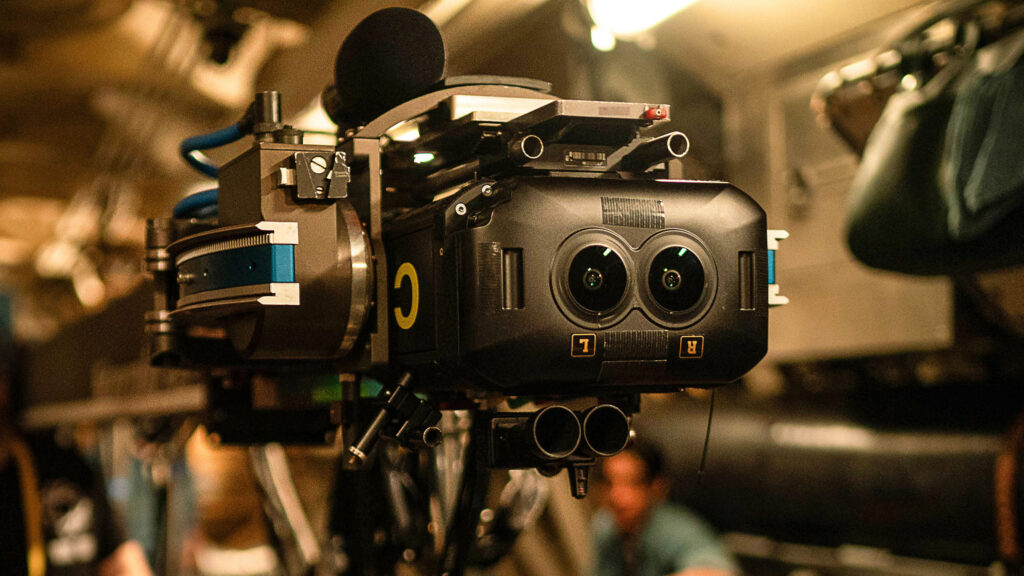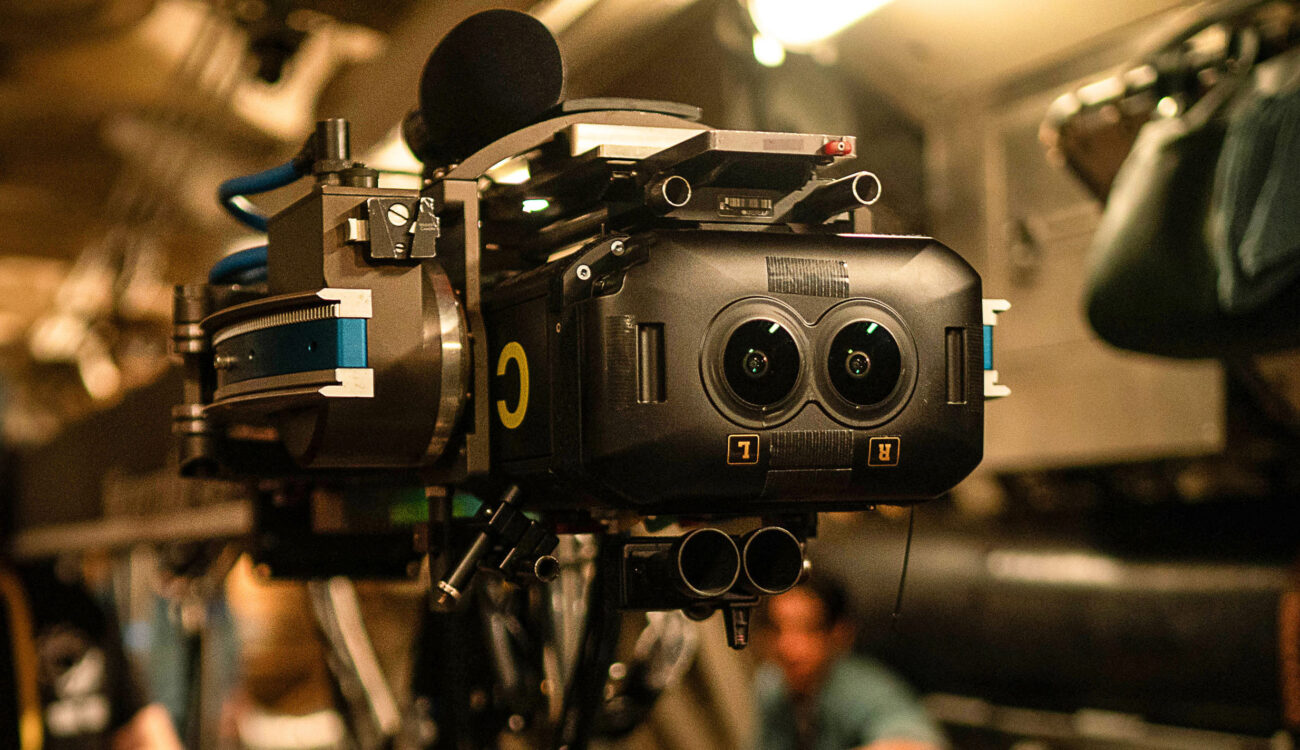
Apple just released “Submerged,” the first scripted short film shot entirely for viewing on Vision Pro. The film has released behind-the-scenes footage of the process revealing that the long-rumored Apple 8K 3D camera was used to film the film. If you want to know more, read on.
I’ve long speculated that Apple would put a lot of effort into creating immersive video content to help popularize the Vision Pro headset, but this is their first effort in this regard. It’s becoming a reality.
Submerged – the first scripted film shot with Apple Immersive Video
Submerged is the name of a newly released 16-minute short film created exclusively for Apple Vision Pro. Apple called the technology “Apple Immersive Video,” and it used a camera revealed in a patent application revealed by YMCinema (Yossy, the man behind this site, is a former CineD/cinema5D writer ). Submerged was directed by Edward Berger (who won the International Film Award for All Quiet on the Western Front) and was shot by longtime collaborator James Friend ASC BSC, who also won an Academy Award for Best Cinematography.
This short film can only be viewed using Vision Pro for obvious reasons, but an insightful behind-the-scenes video has been released that reveals much of the practical process behind shooting a film in that format. Ta.
Apple 8K 3D Camera – What we know and what we don’t know
Although the technical details of the Apple 8K 3D camera have not been revealed, we do know a few things. This camera incorporates two fixed focus lenses, each offering 8K resolution to meet high resolution. Every Vision Pro has an OLED screen. The lens’ field of view is close to 180 degrees, mimicking human vision, including peripheral vision, and allows for some head rotation.
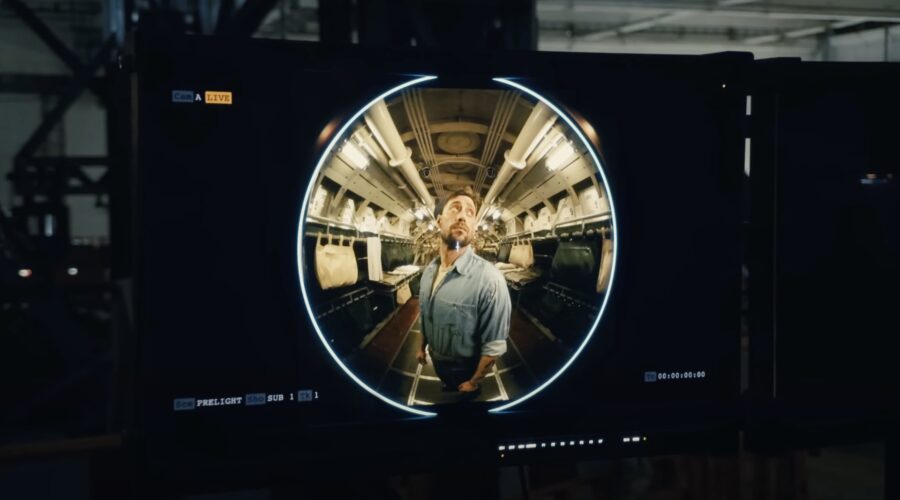
The complexity of shooting 180-degree 3D video in VR headsets
I haven’t had a chance to actually watch Submerged on the Vision Pro headset yet, but the camera only records 180 degrees to the side, not 360, which makes me wonder what it actually looks like when you turn your head. Tracking, wiring, and mounting cameras would be impractical and could result in crew visibility. It must have been shot in such a way that the center of the action was always right in front of you. There are minimal and unimportant things placed on the left and right sides, so you can turn your head somewhat toward that side when you hear audio. On the side, but not very far. I think that anything over 180 degrees is blurred so that it doesn’t get cut out in black.
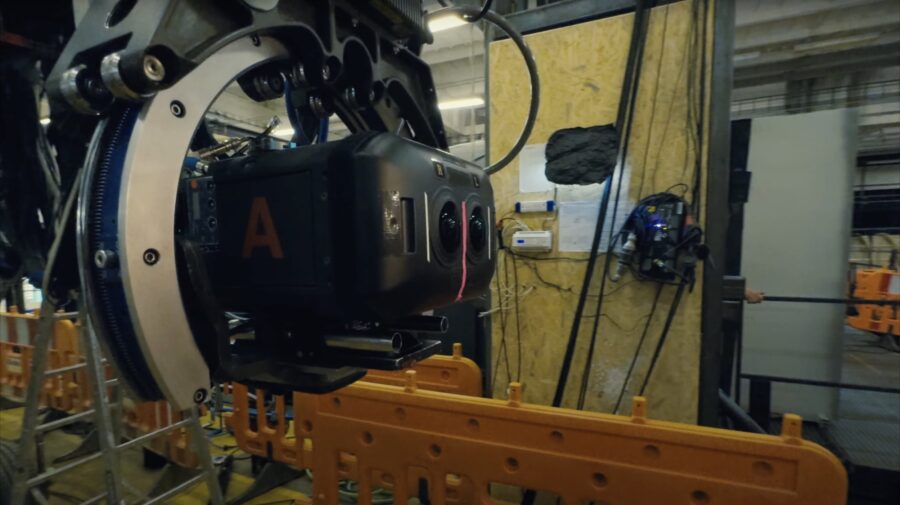
Not your average cinema camera
What’s clear to anyone who’s ever shot for a VR headset is that the Apple 8K 3D camera is not going to be your average cinema camera. Characteristics that are considered “cinematic”, such as shallow depth of field, cannot be used with such cameras because they attempt to mimic human vision. Basically, everything you see should be (deeply) in focus.
The sensor size of the camera used is unknown, but we suspect it to be a Super 35 or Micro Four Thirds to allow for a decent amount of light sensitivity with a lower noise floor than smaller sensors.
Vision Pro Cinematography: Challenges to Lighting, Art Department, and even the Script for Extras
Using a deep focus, high resolution headset like the Vision Pro requires great attention to detail from the art department, so all sets are constructed from real metal and are designed to be larger than regular sets. A high level of realism is built. It had a significant impact on the total production cost.
Furthermore, since lights cannot be hidden, all light sources must be disguised as working lights, creating an additional challenge.
Finally, even extras and supporting characters who are only briefly seen in traditional film production need to be scripted in more detail. Because even if they’re not the main character, viewers may decide to take a closer look at them.
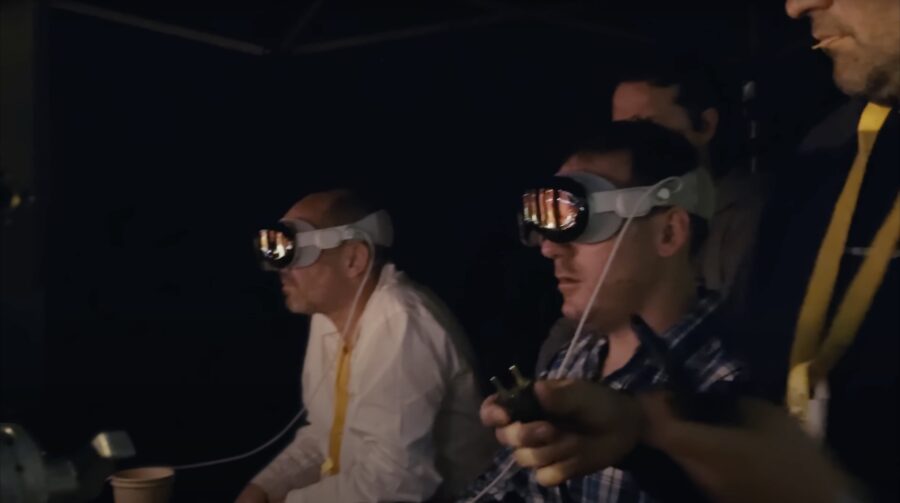
Apple 8K 3D camera likely not sold, Blackmagic URSA Cine Immersive as replacement
The chances of Apple selling an 8K 3D camera in its current state are inconceivable given the fact that it’s not a mass consumer product like most of its other products. For now, this technology will likely only be available in works commissioned by Apple, but in order to motivate more people to create more content for Vision Pro, more It would be in Apple’s best interest to make this technology available to filmmakers. To buy a headset that costs $3,600 or more.
Given the fact that it promoted it during its WWDC 2024 keynote, it seems like Apple would instead want to encourage indie producers to use the upcoming Blackmagic URSA Cine Immersive camera (a dual fixed lens version of the Blackmagic URSA Cine 17K camera). – Our original report can be found here. Pricing and availability for that product have also not been announced.
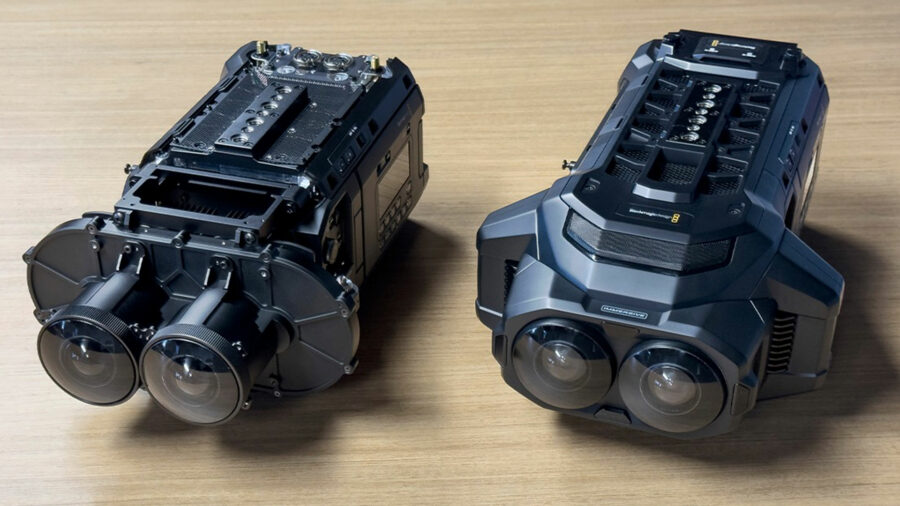
Budget Alternative Apple Immersive Production: PDMOVIE 3D Air Smart Mini
Now, we’re by no means 3D production experts here (but I’m very interested in learning more and shooting with the Vision Pro myself), but at IBC we have some amazing tools for 3D production. I’ve found a low budget alternative. PDMOVIE 3D Air Smart Mini. In case you missed it, check out our product interview. For the outstanding innovation of this product, we have also decided to award it one of the coveted IBC 2024 CineD Best-of-Show Awards.
What do you think about Apple’s 8D 3D camera and its latest short film production, Submerged? Let us know in the comments below.


